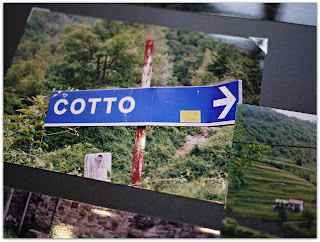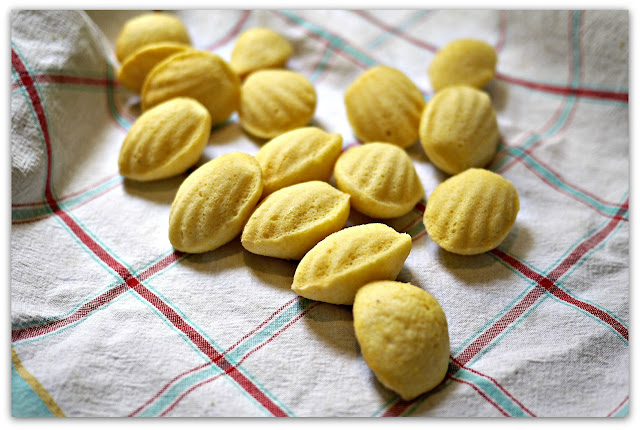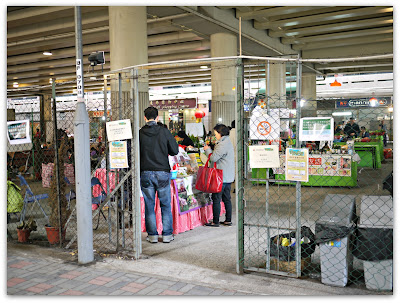As a vegetarian, I have to admit that all the outrage over horse meat being found where only beef should be leaves me a bit baffled as to what the fuss is all about.
In Italy and France, horse meat is a speciality item and the shops who sell it in France are called Boucheries Chevalines. In a weird, ironic twist, the UK's Guardian newspaper reports that they've been doing a booming business recently since the horse meat scandal broke.
I agree that if you're told you're getting beef and you get horse meat instead, you're the victim of deception and fraud but it seems to me that both horses and cows would be equally fine to eat.
I've been a vegetarian for 36 years so the idea of eating animals seems a bit odd to me in the first place, especially when there are so many other good things to eat. One thing's for sure, If I were to eat meat these days, I'd want to be sure of where it came from. I think I'd either hunt it, raise it myself, or drive out to a farm and point out to the farmer which animal I'd like to buy.
In Italy and France, horse meat is a speciality item and the shops who sell it in France are called Boucheries Chevalines. In a weird, ironic twist, the UK's Guardian newspaper reports that they've been doing a booming business recently since the horse meat scandal broke.
I agree that if you're told you're getting beef and you get horse meat instead, you're the victim of deception and fraud but it seems to me that both horses and cows would be equally fine to eat.
I've been a vegetarian for 36 years so the idea of eating animals seems a bit odd to me in the first place, especially when there are so many other good things to eat. One thing's for sure, If I were to eat meat these days, I'd want to be sure of where it came from. I think I'd either hunt it, raise it myself, or drive out to a farm and point out to the farmer which animal I'd like to buy.
I find the large scale killing of animals in commercial
slaughterhouses undeniably disturbing as I think even most meat eaters would, but I'm
quite OK with the killing of animals for food when it's done on a small scale and in a humane and traditional way.
I have two stories to tell you about that...
Years ago, Hubby and I rented a beautiful villa in Tuscany in a tiny town called Cotto. The population swelled to 11 when we arrived but the number of ginger coloured cats remained at 5 for the duration of our stay.
It was Easter weekend and over the Easter holiday, Italians traditionally eat lamb.
Early one morning, I think it was Saturday, we heard a big commotion outside our dining room window. Curious about what all the fuss was about, we pushed opened the shutters to see that a small crowd had gathered below along with a few of Cotto's village cats.
It seems that our side yard was the village's abattoir. Instead of recoiling, I
watched for a while as the butcher skilfully and quickly gutted and skinned the lamb while it was dangling from a
sturdy pole made from a branch.
After some time had passed, the small crowd dispersed along with the cats, but I continued to watch the butcher at work with an odd mixture of distaste and fascination. I imagined that every Easter, the same scene has been taking place on the same spot for generations. The serene setting, the presence of the villagers and the gentle but skilful way the butcher was dealing with the lamb all seemed quite natural to me. Perhaps more importantly, it seemed to be done with respect. I doubt much of that lamb was wasted.
After some time had passed, the small crowd dispersed along with the cats, but I continued to watch the butcher at work with an odd mixture of distaste and fascination. I imagined that every Easter, the same scene has been taking place on the same spot for generations. The serene setting, the presence of the villagers and the gentle but skilful way the butcher was dealing with the lamb all seemed quite natural to me. Perhaps more importantly, it seemed to be done with respect. I doubt much of that lamb was wasted.
Fast forward from Spring in Tuscany to Fall in Imperia, where we were hiking with friends in the rolling hills east and inland from Monaco.
After our hike to the top of the mountain, we made our way back to the village and halfway down, we came across a hunter standing by the side of the road with a huge, dead, wild boar. He'd just shot it in the forest and dragged it to the roadside where he was waiting for friends to arrive to help him haul the beast back to the village in the valley below.
When I pulled out my camera and asked to take a photo, he smiled and proudly lifted the boar's head so that they could both be in the picture.
When we got back in the village, it was evidently a good day for hunting wild boar.

A group of hunters had arrived before us and had started to gut the wild boar while the villagers and a few dogs had gathered to watch the gory action.

A group of hunters had arrived before us and had started to gut the wild boar while the villagers and a few dogs had gathered to watch the gory action.
While we watched, I got the feeling that much like the abattoir in Cotto, hunting wild boar and gutting them in the village was a tradition that had been taking place for centuries. I imagine the meat was destined for the dinner table that night and what was left was headed for grateful friends and the freezer.
Both of these encounters were by chance and both times I struggled with what I was seeing as anyone would, I think, carnivore or not.
But in both cases it was a simple, timeless, communal process and ultimately, traceable.
I don't know about you but I'm quite OK with that.
But in both cases it was a simple, timeless, communal process and ultimately, traceable.
I don't know about you but I'm quite OK with that.
Video of the hunters discussing their hunt (in Italian)














































